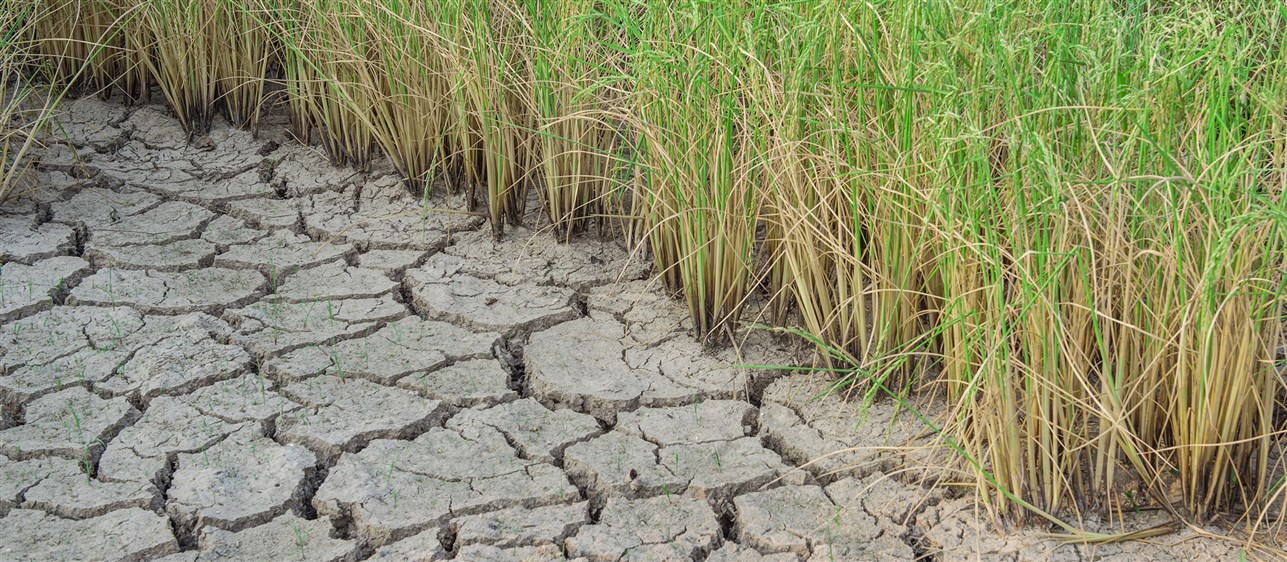
Date19.06.20
Today, water is a more precious resource than ever before. Climate uncertainty, droughts, extreme weather events, population growth, and rapid urbanisation are increasing the demand for safe and reliable water and placing incredible strain on the water and sanitation infrastructure currently serving it. More than ever before, there is a universal demand for solutions that combat water scarcity and water stress. On the occasion of World Day to Combat Desertification and Drought, we are reflecting on some of the ways engineers and planners can help communities combat water stress and safeguard this precious resource.
1. Know and track your water resources:
Groundwater resources are an excellent source of drinking water for communities and cities around the world. The quantity and quality of groundwater resources in natural aquifers can be determined through geological, hydrological, and hydrogeological investigations. These can include drilling exploratory wells to sample water quality and identify strategic aquifer properties. Reviewing and optimising groundwater monitoring networks can have a significant impact as well. From such efforts, groundwater and quality atlas maps can be put together depicting characteristics of aquifers and water quality parameters. Capacity building programs can then help local professionals monitor and analyse groundwater and water quality, which is a critical stepping stone to protecting and replenishing these valuable resources and using them in a sustainable manner.
2.Place safeguards for biodiversity and water resources in official policy:
Environmental engineers, scientists, planners, and specialists can help policy makers incorporate water resources, natural heritage, and biodiversity in national policies and planning visions. Such a step can help safeguard environmentally sensitive features, coastal marine areas, natural resources, biodiversity and other natural heritage. It also plays a role in combatting desertification and ensuring that economic and social development projects move forward in a responsible and sustainable manner.
3.Channel the power of rain in a sustainable way:
Designing rainfall harvesting systems that can simulate scenarios of natural water infiltration can significantly boost groundwater recharge. Structural and hydrogeological measures can also help reinstate the hydraulic conductivity and aquifer volumes lost to the blocking effect of construction works. Moreover, choosing to design stormwater drainage systems in accordance with the guidelines of the Sustainable Urban Drainage Systems (SuDS) and Green Stormwater Systems can not only provide flood protection but also have a significant impact on sustainable development. SuDS protect and enhance water quality, protect natural water flow processes, boost evapotranspiration from vegetation and surface water, encourage groundwater recharge in certain cases, and even provide habitats for wildlife in natural watercourses.
4.Conduct environmental impact assessments on water projects:
Water engineering projects can often pose environmental challenges. Therefore, it is always important to assess and mitigate environmental impacts, weigh advantages and disadvantages carefully, and prepare comprehensive mitigation measures for risks that cannot be avoided or controled.
5.Consider strategic water reserves for emergencies:
If applicable and appropriate, a freshwater reserve can act as a strategic reserve for emergency conditions, including droughts.
6.Smart Water Networks and Demand Side Management:
proper planning of growing urban and rural communities, utilizing smart water systems and networks will help reduce non-revenue water, water demands and provide better management and monitoring of the overall water cycle helping to alleviate or reduce stress on depleting water resources.
Those are just a few of the solutions that we at Dar have provided our clients with. Our services optimise water collection, transmission, distribution, wastewater collection, treatment, and infiltration or reuse. From water-stressed regions in the Middle East to Africa and beyond, we work with governments, private sector, cities, and communities to design safe and reliable water infrastructure and develop and implement tailored solutions that pave the way towards water resilience and sustainability, for the present and future generations.
